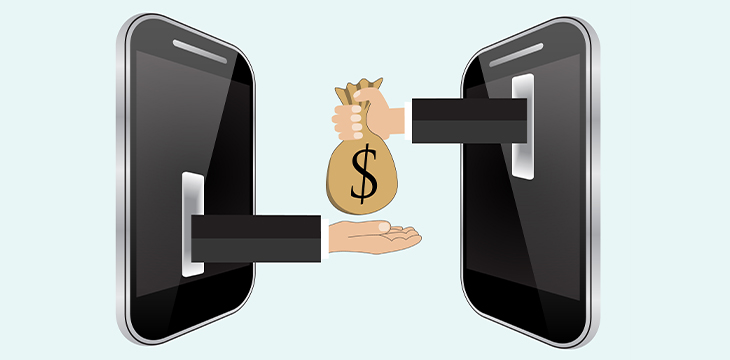|
Getting your Trinity Audio player ready...
|
As policymakers converged in Davos for the World Economic Forum (WEF), three entities seized the opportunity to launch a payment network designed to encourage interoperability between stablecoins and central bank digital currencies (CBDCs).
China-backed Red Date Technology, German consultancy firm GFT and DLA Piper’s TOKO announced the Universal Digital Payment Network (UDPN) launch, hinging on distributed ledger technology (DLT). The network’s developers argue that using DLT architecture is a game changer that offers the benefits of reducing costs, encouraging transparency, and increasing the adoption of digital payments.
“The purpose of UDPN is to investigate a potential alternative to existing payments systems by enabling interoperability between fiat-backed tokens of stablecoins and regulated protocols,” GFT CEO Marika Lulay said. “The decentralized approach and geographic breadth of participating firms, combined with the advanced technological solution deployed for these trials, set the network apart.”
According to UDPN’s white paper, the project describes itself as a version of the SWIFT network, with the core difference being the use of stablecoins which allows for wider applications. Development on the payment network has been in progress for nearly two years, with the project advancing towards the Proof-of-Concept (POC) stages.
The team announced that leading financial institutions had been selected to participate in the PoC stage but did not delve into the details. However, attendees of the unveiling included banking giants like Shanghai Banking Corporation (HSBC), Standard Chartered, Deutsche Bank, AkBank, and the Bank of East Asia.
The PoC will focus on the UDPN’s use in cross-border payments, the viability of introducing a travel rule requiring the reporting of transaction details, tokenization, and the elimination of gas fees.
Central banks might view UDPN with skepticism
Central banks have been upping their ante in developing CBDCs, with over 50 countries in the pilot stages. The main motivating factor for the banking regulators is to carve the influence of digital assets while preventing the ‘cryptoization’ of their economies.
A keen example is the People’s Bank of China’s (PBoC) decision to ban virtual currencies while focusing on the digital yuan. Pundits are predicting that the PBoC might be wary of UDPN’s offering as it offers the potential for capital flights out of the local financial system.
However, Russia’s economic sanctions, like its removal from the SWIFT network, might just be enough incentive for some states to welcome UDPN with open arms. The United Arab Emirates’ Minister of Foreign Trade told reporters in Davos that his country is keen on exploring the use of virtual currency in bilateral trade in 2023.
To learn more about central bank digital currencies and some of the design decisions that need to be considered when creating and launching it, read nChain’s CBDC playbook.
Watch: The Future of Digital Asset Exchanges & Investment

 12-12-2025
12-12-2025 





